Saturday, February 1st, 2025 was an incredibly Blessed day for those who love Our Lord, Our Lady, and Life. The Fraternal Society of St John the Apostle is incredibly grateful to the Diocese of St Petersburg for the honor and opportunity to embark on the maiden voyage of Madonna Del Lume Tampa as a part of the inaugural Tampa March for Life.
We are also immensely grateful to all the volunteers who sacrificed time, talent, and property to make this day possible. Stay tuned for more to come in 2025 from Madonna Del Lume!


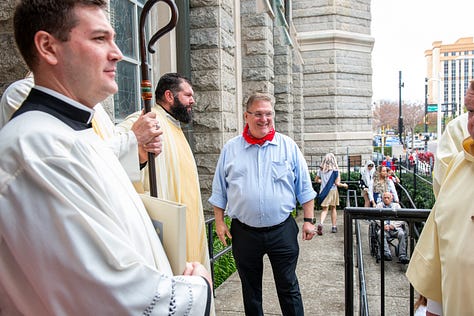


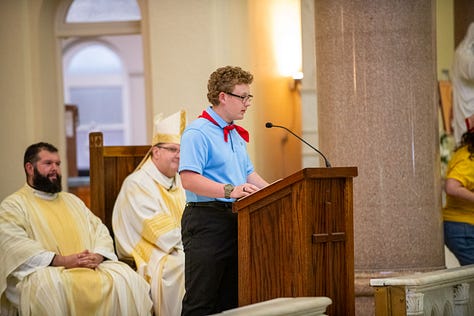

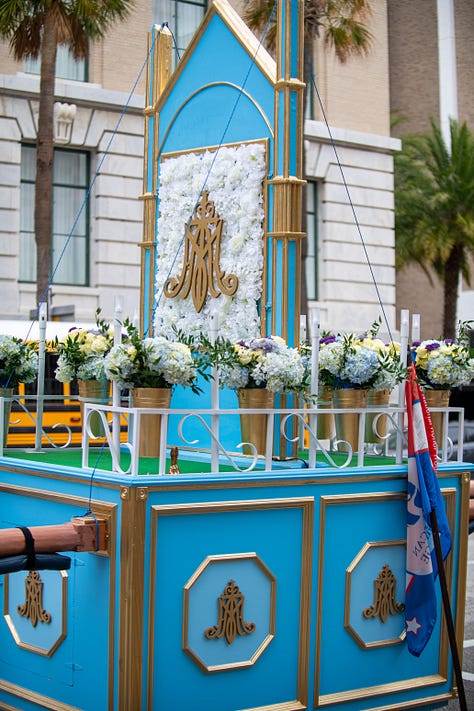
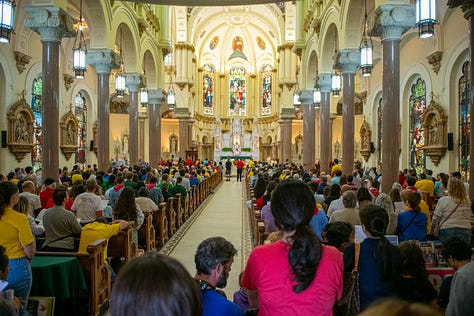

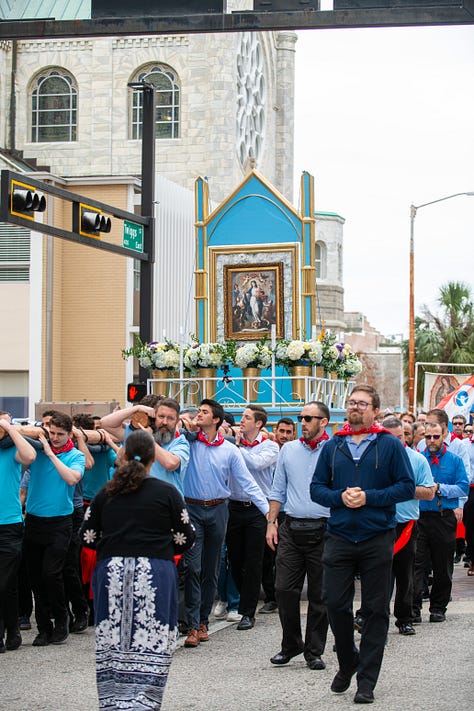
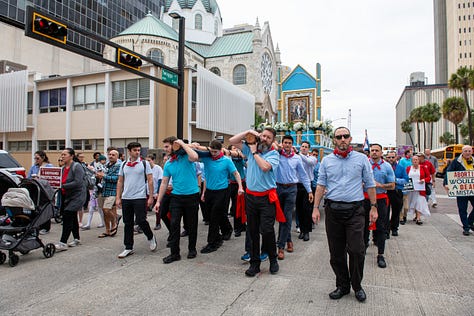
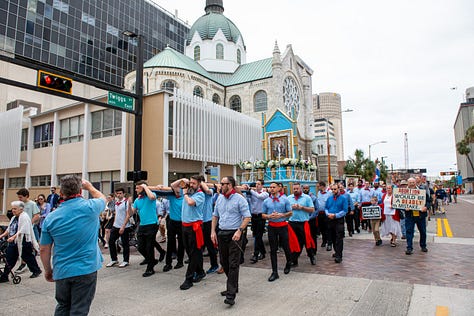

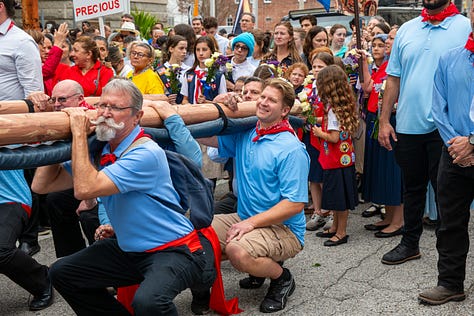



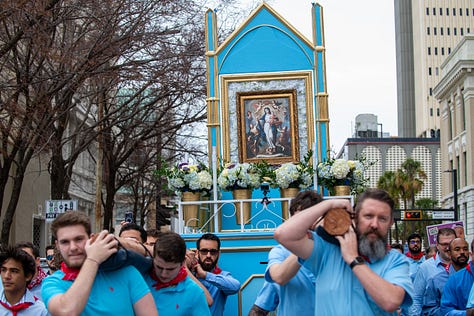



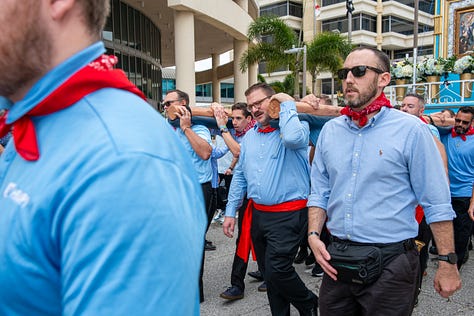



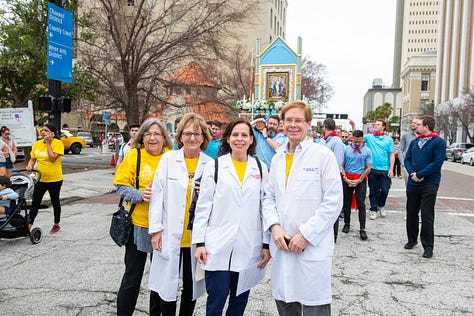
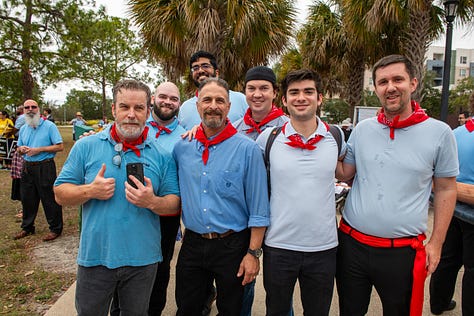


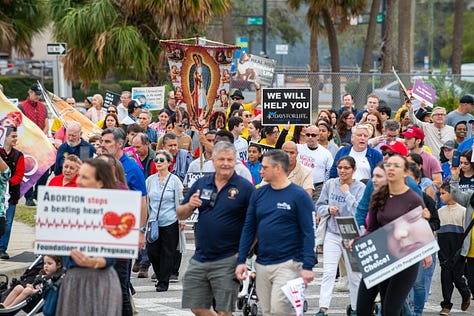
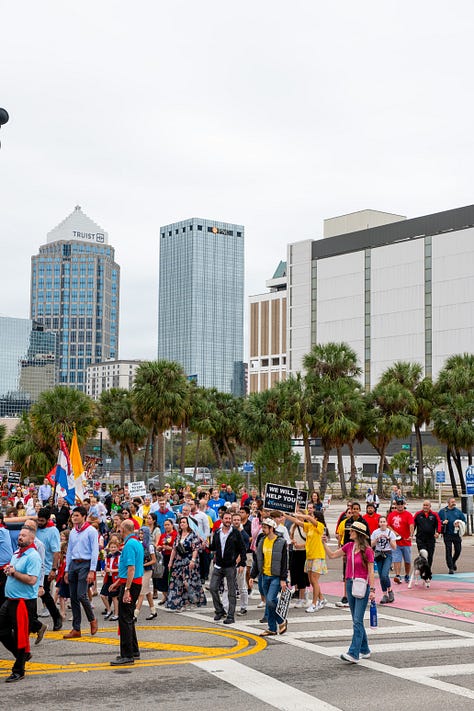


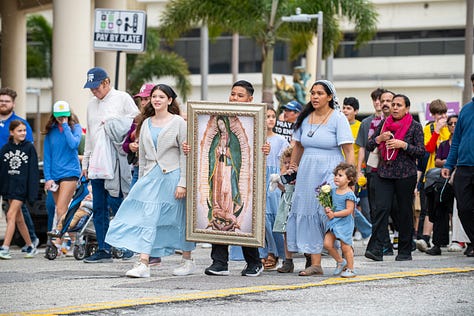

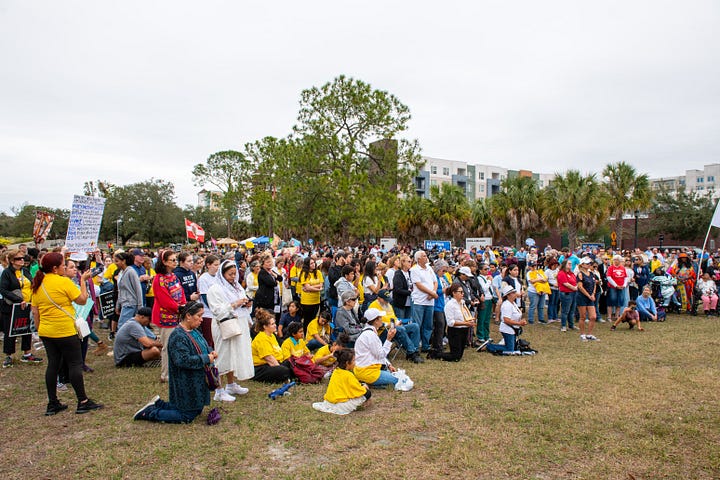
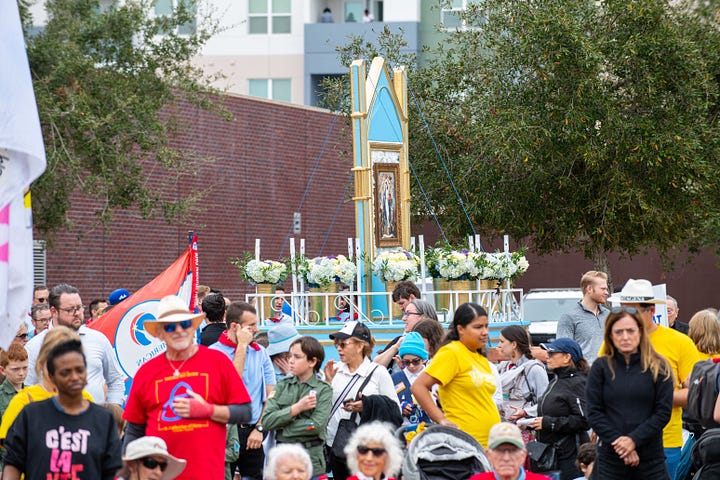


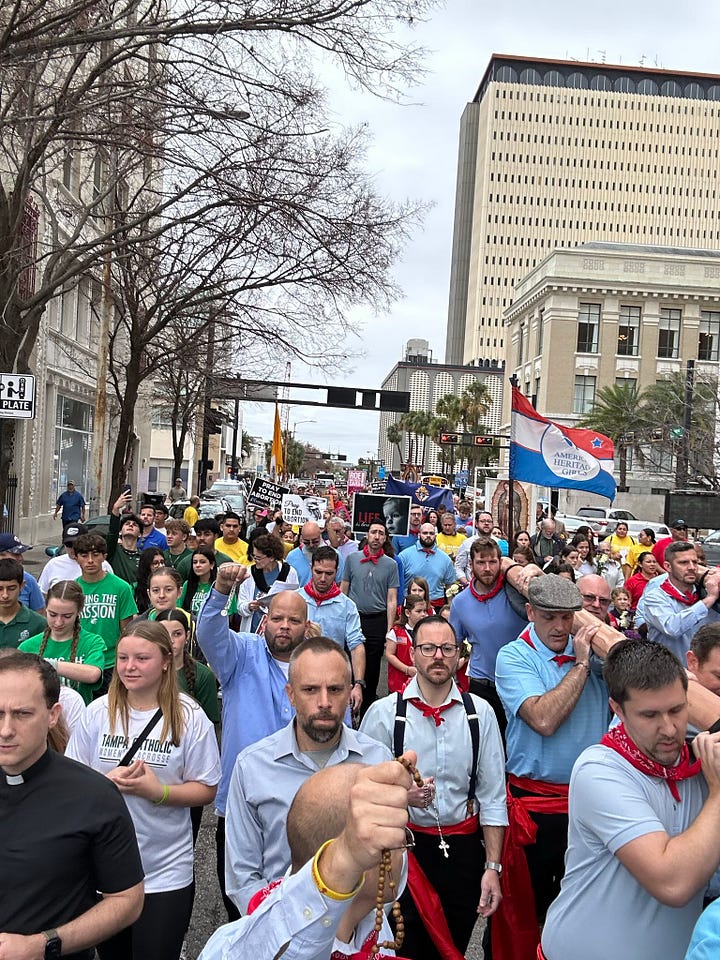

Finally, as you celebrate the Feast of St. Blaise today we encourage you to check out this beautiful piece from our friend, Fr. William Rock, FSSP:
https://fssp.com/the-sacramentals-of-st-blaise-day/
Customs
Some may prepare for this feast by praying a Novena to St. Blase starting on January 25 and ending on February 2, the eve of this feast. For the day itself, the following prayer is a good one:
O glorious St. Blaise, who with a short prayer didst restore to perfect safety a child at the point of death from a fish-bone fixed in its throat, grant that we may all feel the power of thy patronage in every malady of the throat, and may have the special grace to mortify the dangerous sense of taste by observing faithfully the precepts of the Church. Thou also, who in thy martyrdom hast left to the Church the testimony of a glorious faith, grant that we may keep this divine gift intact, and that in these times we may be enabled, by word and deed, without fear of man, to defend the truths of faith, so grievously obscured and attacked. Amen.
Now for the folk customs: It's traditional in Lombary, Italy to eat a piece of Christmas panettone (an Italian fruit-studded bread) for breakfast in the morning today. The panettone is saved just for this purpose. But if you haven't saved any (or never had any for Christmas to begin with), you can make some now:
San Biagio's Panettone
2 ounces baker's yeast, or 3 (1/4-ounce) packages dry active yeast
1/4 cup lukewarm water
3 cups all-purpose flour
3 tablespoons milk
1/3 cup plus 1 tablespoon sugar
1/3 cup hot water, to make the syrup
4 large egg yolks
1/2 large egg white
4 1/2 ounces unsalted butter
Grated zest of 1 organically grown lemon
1 pinch of salt
3/4 cup candied fruit peel, diced
3 1/2 ounces sultana raisins, plumped in warm water and drained well
Dissolve the yeast in a little warm water, and combine it with 7/8 cup flour. Knead well, form the dough into a loaf, make an X in the top of the loaf, wrap the loaf in a cloth, and let it rise in a warm place for about 25 minutes.
Combine the loaf with 1 1/8 cups flour and the milk. Knead until the dough is smooth and homogenous, form it into a loaf, and wrap it in the cloth. Put it to rise in a warm place for 2 hours.
Put the sugar in a bowl and dissolve it with a little hot water to make a syrup. Beat in the yolks, one at a time, and about half an egg white. Keep the mixture warm over a double boiler, but do not let it cook.
Melt 1/2 cup of butter.
Make a mound of the remaining flour in a bowl and scoop a well into it. Put the risen dough in the well, together with the melted butter, the grated lemon zest, a pinch of salt, and the warm syrup mixture. Mix energetically for 15 minutes, adding, if need be, a little warm water; the dough should be firm and elastic. Incorporate the raisins (squeeze them to make sure they are well-drained) and the candied fruit into the dough. Shape the dough into a ball and put it in a bowl, in a warm place. Let it rise until it has doubled in volume.
Preheat your oven to 440 F. Melt the remaining butter.
Put the dough into a high-sided mold lined with buttered oven parchment, make an X on the top of it, and bake it for about an hour. After 10 minutes, carefully pour the melted butter into the X on top of the panettone and continue to bake it until it is done, gradually lowering the oven temperature somewhat as the top browns.
Elsewhere in Italy (such as in Abruzzo), hand-shaped loaves of bread called "panicelle" are eaten.
In Orbetello, Tuscany, Italy, a great procession is made of St. Blaise's relics in May, when many young people receive the Sacrament of Confirmation. Fishermen from nearby Ansedonia bring the Saint's skull from their town, process past a great lagoon, and go on to Orbetello, a city for which "San Biagio" is patron.1
https://fisheaters.com/customstimeafterepiphany4.html




